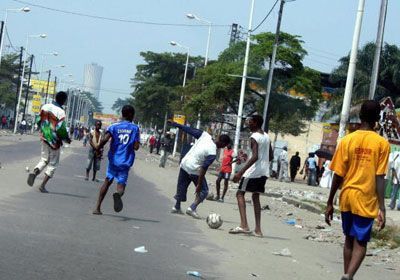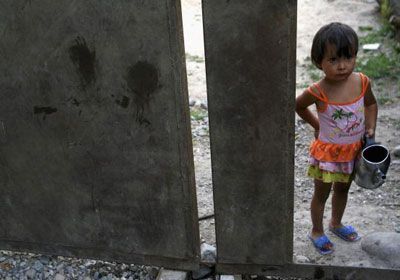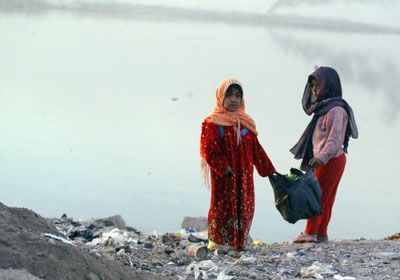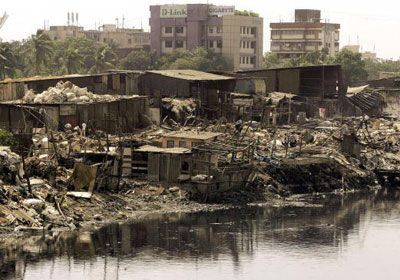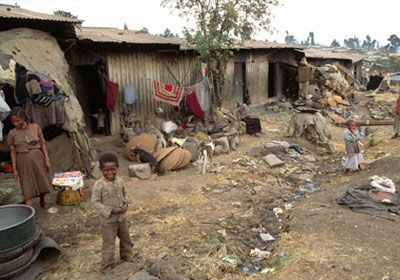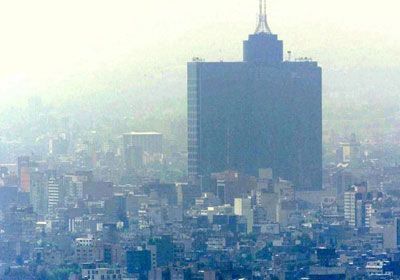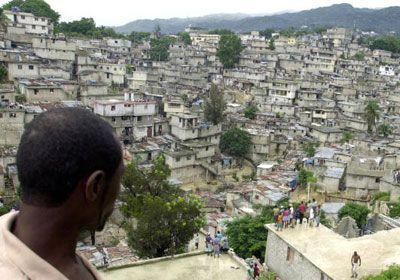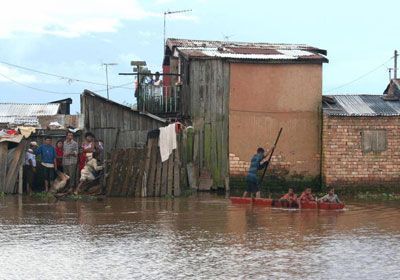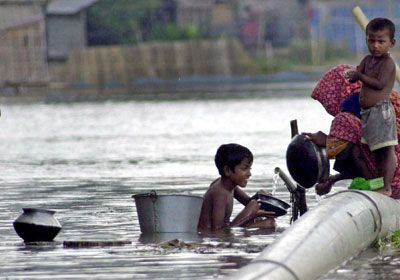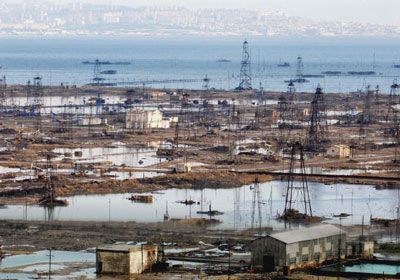MAVERICK
Member
No. 25: Port Harcourt, Nigeria
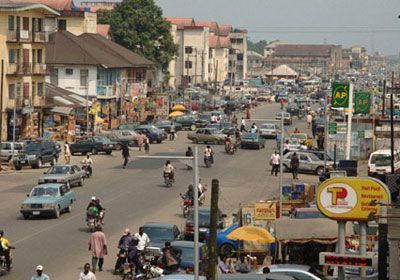
Mercer Health and Sanitation Index Score: 46.8
Problems with waste disposal continue to contaminate the rivers of Nigeria, especially affecting residents in Port Harcourt. The area lacks strategies for preventing oil spills and contamination, and the clean-up methods after disasters require significant improvement.
No. 24: New Delhi, India
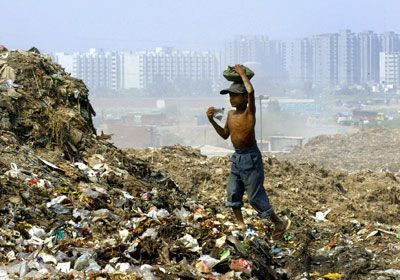
Mercer Health and Sanitation Index Score: 46.6
You'll find just about everything except marine life in New Delhi's Yamuna River. Garbage and sewage flow freely, creating a rich environment for the growth of water-borne diseases contributing to extremely high rates of infant morbidity.
No. 23: Maputo, Mozambique
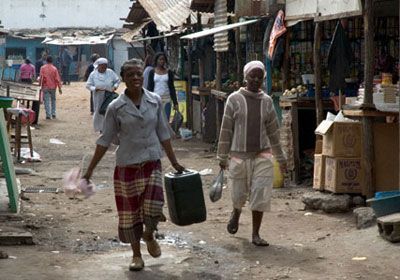
Mercer Health and Sanitation Index Score: 46.3
Located on the Indian Ocean, the Eastern African country of Mozambique suffers from lack of sanitation processes--specific ally the lack of a solid waste removal system as well as sewage treatment. The capital city of Maputo feels the worst of these consequences. Piles of garbage line the streets, and the sewage in the river is visibly thick.
No. 22: Luanda, Angola
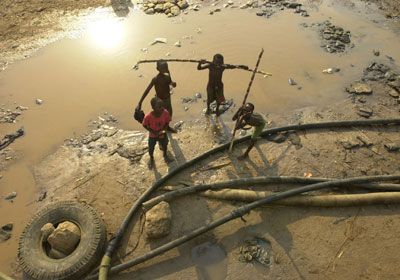
Mercer Health and Sanitation Index Score: 45.2
Located on Angola's coast with the Atlantic Ocean to its west, Luanda is the city's largest port. Studies from several agencies, including UNICEF and Oxfam, suggest that a large portion of the population in Luanda drink water of poor and in some cases dangerous quality. Much of this portion of the population lives in settlements called musseques built on hardened waste. Water arrives to these settlements in private tanks, which consistently show concerning levels of chlorine. Water conditions such as this only served to intensify a cholera epidemic in 2006.
No. 21: Niamey, Niger
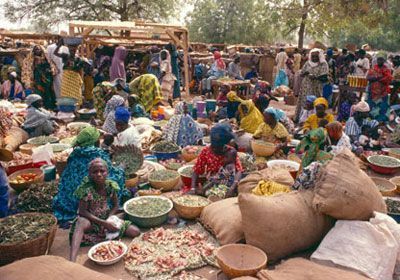
Mercer Health and Sanitation Index Score: 45
The Niger River Basin, home to Niger's capital city, Niamey, is a cesspool of pollution and waste. In a country with a total population just under 14 million, the healthy life expectancy at birth is 35 for males and 36 for females, thanks in part to poor sanitation and drinkable water. About one in four children raised here will die before age 5, the World Health Organization says.
No. 20: Nouakchott, Mauritania
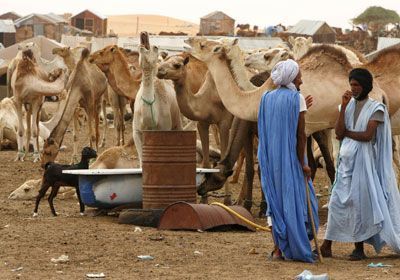
Mercer Health and Sanitation Index Score: 44.7
Located in northern Africa, Mauritania sits on the North Atlantic Ocean between Senegal and the western Sahara. Nouakchott, the country's capital, is located on the western coast. Due to the desert-like climate, droughts and water management are critical issues for the country. Oil deposits off the coast and iron ore serve as the country's main industrial opportunities, but the majority of the population depends on farming.
No. 19: Conakry, Guinea Republic
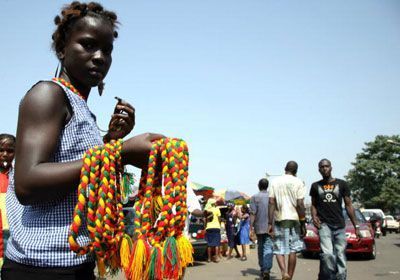
Mercer Health and Sanitation Index Score: 44.2
Life expectancy, infant morbidity, and the percentage of the population that has access to safe water are shockingly low for Conakry, the capital city of Guinea Republic. Previous World Bank initiatives in Conakry focused on water supply and sanitation have not proved very successful.
No. 18: Lome, Togo
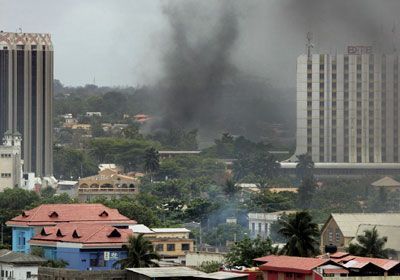
Mercer Health and Sanitation Index Score: 44.1
Lomé, the capital city of Togo, sits in the southwest near the country's border with Ghana. Water and waste management has become one of the country's main problems as a large percentage of the population continues to live without access to improved water or sanitation. Extensive flooding in Togo only magnifies the problem.
No. 17: Pointe Noire, Congo
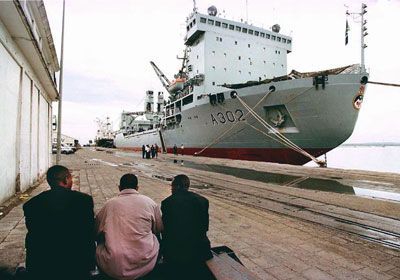
Mercer Health and Sanitation Index Score: 43.8
The second Congolese city on the list suffers from many of the same pollutants as its neighboring city, Brazzaville- -air pollution from vehicle emissions and unbridled water contamination from the mass unloading of raw sewage in the city's water supply. According to the CIA WorldFactBook, about 70% of the Congolese population live either in Brazzaville or Pointe Noire or along the railroad track, which connects the two.
No. 16: Bamako, Mali
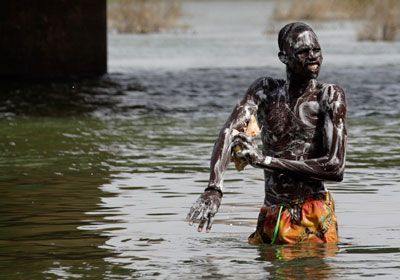
Mercer Health and Sanitation Index Score: 43.7
Bamako, the capital of Mali, and the country's largest city is situated on the Niger River. Rapid population growth, coupled with unbridled urban pollution, are among the many health and sanitation challenges facing the capital. Several droughts have caused migration from rural areas to the urban environment of the capital, which has only led to more water management issues.
No. 15: Ouagadougou, Burkina Faso
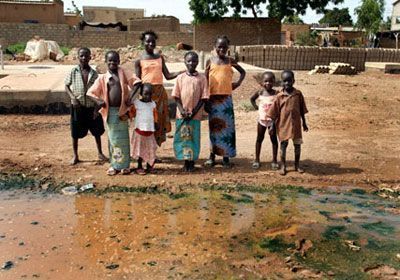
Mercer Health and Sanitation Index Score: 43.4
A recent World Bank study shows that cancer and respiratory disease rates are up due to increased air pollution in Ouagadougou, the capital of Burkina Faso. Increased levels of benzene, from motorbike petrol, and increased dust particles, amounting on average to nearly three times the WHO-stated healthy limit, contribute to these rising numbers. In a city characterized by a rainy season, waste management and sanitation also face challenges.
No. 14: Moscow, Russia
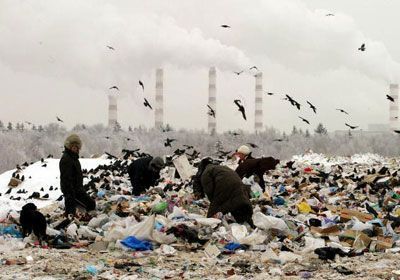
Mercer Health and Sanitation Index Score: 43.2
In a city where you can pay $3,000 a month for an apartment that doesn't even have clean running water, Moscow also has troubling levels of air pollution, which present a daily strain on lung health.
No. 13: Bangui, Central African Republic
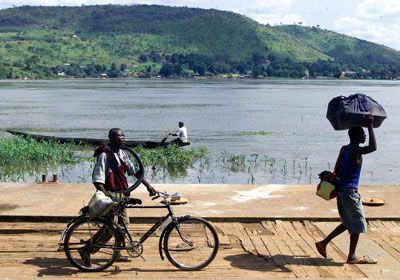
Mercer Health and Sanitation Index Score: 42.1
Bangui, the capital of Central African Republic, faces water and sanitation challenges similar to its neighboring countries' capitals. A rapidly increasing population, coupled with a lack of adequate waste and water management, places stresses on the capital city.
No. 12: Dar es Salaam, Tanzania
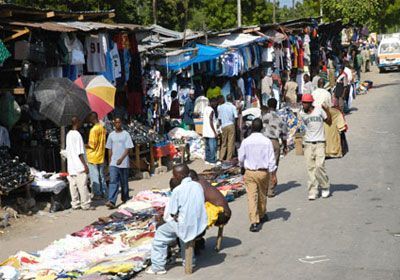
Mercer Health and Sanitation Index Score: 40.4
The capital of this east African country continues to grow populationwise, putting a stress on the city's sanitation programs. Solid waste, entering the Msimbazi River, contributes to widely spread infectious diseases among the population..
No. 11: Ndjamena, Chad
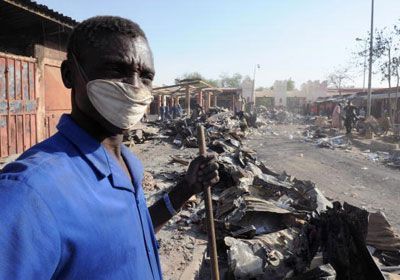
Mercer Health and Sanitation Index Score: 39.7
Ndjamena, the capital city of Chad, faces multi-faceted water management challenges. A main site for concern here is the Conventional Basin of Lake Chad, upon which the country's main fisheries greatly depend. Also noteworthy-- the continual influx of population growth, accelerated by the migration of neighboring Sudanese refugees from Darfur, which places an unexpected strain on water management.

Mercer Health and Sanitation Index Score: 46.8
Problems with waste disposal continue to contaminate the rivers of Nigeria, especially affecting residents in Port Harcourt. The area lacks strategies for preventing oil spills and contamination, and the clean-up methods after disasters require significant improvement.
No. 24: New Delhi, India

Mercer Health and Sanitation Index Score: 46.6
You'll find just about everything except marine life in New Delhi's Yamuna River. Garbage and sewage flow freely, creating a rich environment for the growth of water-borne diseases contributing to extremely high rates of infant morbidity.
No. 23: Maputo, Mozambique

Mercer Health and Sanitation Index Score: 46.3
Located on the Indian Ocean, the Eastern African country of Mozambique suffers from lack of sanitation processes--specific ally the lack of a solid waste removal system as well as sewage treatment. The capital city of Maputo feels the worst of these consequences. Piles of garbage line the streets, and the sewage in the river is visibly thick.
No. 22: Luanda, Angola

Mercer Health and Sanitation Index Score: 45.2
Located on Angola's coast with the Atlantic Ocean to its west, Luanda is the city's largest port. Studies from several agencies, including UNICEF and Oxfam, suggest that a large portion of the population in Luanda drink water of poor and in some cases dangerous quality. Much of this portion of the population lives in settlements called musseques built on hardened waste. Water arrives to these settlements in private tanks, which consistently show concerning levels of chlorine. Water conditions such as this only served to intensify a cholera epidemic in 2006.
No. 21: Niamey, Niger

Mercer Health and Sanitation Index Score: 45
The Niger River Basin, home to Niger's capital city, Niamey, is a cesspool of pollution and waste. In a country with a total population just under 14 million, the healthy life expectancy at birth is 35 for males and 36 for females, thanks in part to poor sanitation and drinkable water. About one in four children raised here will die before age 5, the World Health Organization says.
No. 20: Nouakchott, Mauritania

Mercer Health and Sanitation Index Score: 44.7
Located in northern Africa, Mauritania sits on the North Atlantic Ocean between Senegal and the western Sahara. Nouakchott, the country's capital, is located on the western coast. Due to the desert-like climate, droughts and water management are critical issues for the country. Oil deposits off the coast and iron ore serve as the country's main industrial opportunities, but the majority of the population depends on farming.
No. 19: Conakry, Guinea Republic

Mercer Health and Sanitation Index Score: 44.2
Life expectancy, infant morbidity, and the percentage of the population that has access to safe water are shockingly low for Conakry, the capital city of Guinea Republic. Previous World Bank initiatives in Conakry focused on water supply and sanitation have not proved very successful.
No. 18: Lome, Togo

Mercer Health and Sanitation Index Score: 44.1
Lomé, the capital city of Togo, sits in the southwest near the country's border with Ghana. Water and waste management has become one of the country's main problems as a large percentage of the population continues to live without access to improved water or sanitation. Extensive flooding in Togo only magnifies the problem.
No. 17: Pointe Noire, Congo

Mercer Health and Sanitation Index Score: 43.8
The second Congolese city on the list suffers from many of the same pollutants as its neighboring city, Brazzaville- -air pollution from vehicle emissions and unbridled water contamination from the mass unloading of raw sewage in the city's water supply. According to the CIA WorldFactBook, about 70% of the Congolese population live either in Brazzaville or Pointe Noire or along the railroad track, which connects the two.
No. 16: Bamako, Mali

Mercer Health and Sanitation Index Score: 43.7
Bamako, the capital of Mali, and the country's largest city is situated on the Niger River. Rapid population growth, coupled with unbridled urban pollution, are among the many health and sanitation challenges facing the capital. Several droughts have caused migration from rural areas to the urban environment of the capital, which has only led to more water management issues.
No. 15: Ouagadougou, Burkina Faso

Mercer Health and Sanitation Index Score: 43.4
A recent World Bank study shows that cancer and respiratory disease rates are up due to increased air pollution in Ouagadougou, the capital of Burkina Faso. Increased levels of benzene, from motorbike petrol, and increased dust particles, amounting on average to nearly three times the WHO-stated healthy limit, contribute to these rising numbers. In a city characterized by a rainy season, waste management and sanitation also face challenges.
No. 14: Moscow, Russia

Mercer Health and Sanitation Index Score: 43.2
In a city where you can pay $3,000 a month for an apartment that doesn't even have clean running water, Moscow also has troubling levels of air pollution, which present a daily strain on lung health.
No. 13: Bangui, Central African Republic

Mercer Health and Sanitation Index Score: 42.1
Bangui, the capital of Central African Republic, faces water and sanitation challenges similar to its neighboring countries' capitals. A rapidly increasing population, coupled with a lack of adequate waste and water management, places stresses on the capital city.
No. 12: Dar es Salaam, Tanzania

Mercer Health and Sanitation Index Score: 40.4
The capital of this east African country continues to grow populationwise, putting a stress on the city's sanitation programs. Solid waste, entering the Msimbazi River, contributes to widely spread infectious diseases among the population..
No. 11: Ndjamena, Chad

Mercer Health and Sanitation Index Score: 39.7
Ndjamena, the capital city of Chad, faces multi-faceted water management challenges. A main site for concern here is the Conventional Basin of Lake Chad, upon which the country's main fisheries greatly depend. Also noteworthy-- the continual influx of population growth, accelerated by the migration of neighboring Sudanese refugees from Darfur, which places an unexpected strain on water management.

